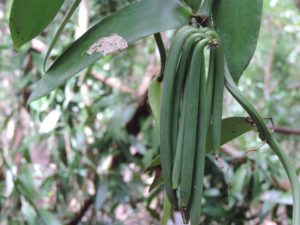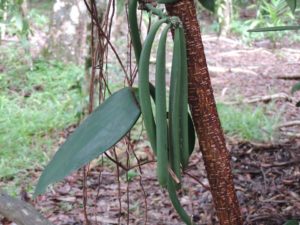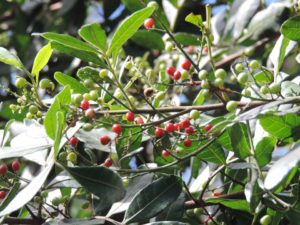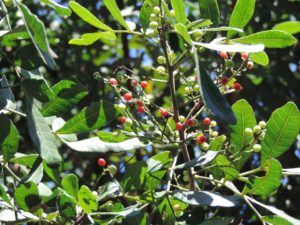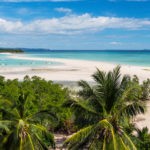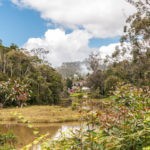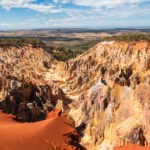Madagascar is the fourth largest island in the world. The tropical island nation in the Indian Ocean is located in the Africa’s east coast and has a rich flora and fauna – nowhere else there are more plants and animals that are unique and only found here. This wealth includes not only the friendly people of the Malagasy, tropical beaches and dense rainforests – the island is rightly also called “spice island”.
Spices from the island
Aromatic, fragrant spices on the exotic markets make visits to the sensual experience and the whole island a unique treasure trove for gourmets. The aromatic products are not only a memory of a wonderful journey, but also an important source of income for the Malagasy people. As a decisive economic factor, the harvest influenced the budget of the country in a dominant way. For example, the island produces the world’s second largest Amount of high-quality vanilla.
Vanilla – the “green gold”
Vanilla (Vanilla planifolia) is widely appreciated for its sweet-aromatic taste and strong fragrance. It is used to make pastries, precious perfumes and in aromatherapy – and so the Real Vanilla is the second most expensive spice in the world. Locals and visitors can buy vanilla on the spot at comparatively low prices – but export goods are much more expensive. This is how the Malagasy people call vanilla “the green gold”. The real vanilla grows mainly in the northwest of the island.
The wonderful aroma is found in the fruits of the vines, which are the result of a targeted pollination of orchid flowers by hand. Pollination is a labor-intensive and cost-intensive process. It is necessary because a natural pollination by the Mexican black bee was proved to be less successful, which would only make the price of vanilla more expenssive.
Fiery pepper
Experts see Malagasy black pepper as the most aromatic in the world – and green pepper is the basis of the Malagasy green peppercorn sauce, which fits so well with noble meat dishes.
The country produces about 2,000 tons of pepper a year. The world’s favorite spice is extracted from the berries of pepper plants. After the berries are dried by the hot sun to shriveled cores, the typical fiery aroma unfolds. The green peppercorns are from the crops of Malagasy wetlands, white pepper from ripe berries without the fruit peel and red pepper from overripe berries. The popular black pepper is made from ripe berries, which are dried after a fermentation.
Turmeric from Nosy Be
Nosy Be is an island off the coast of Malagasy, famous for its spice cultivation – and turmeric is becoming more and more a major economic factor there. Turmeric (Curcuma longa) is very much in demand on the international spice market due to its antioxidant properties and aromatic spice. The rhizomes provide many vitamins and minerals and have a digestive effect.
In India, turmeric has always been a popular seasoning for various curries. Turmeric is also a popular colorant for textiles there.
The harvested rhizomes are washed and dried and finally finely pulverized. This is how the fine, mustard-like aroma can best develop.
The exquisite cinnamon
Everyone knows that cinnamon harmonizes wonderfully with sugar. It comes originally from Sri Lanka and to this day, the Ceylon cinnamon (Cinnamomum Zeylanicum) is considered as a gourmet variant of the little subtle cassia cinnamon. The bark of the cinnamon tree, dried and rolled by the Malagasy cinnamon farmers with great sensitivity, still has a lower market share than the products from Sri Lanka – nevertheless, the Malagasy people hope to conquer the international spice market with their quality .
Cinnamon is always healthy: consumed on a regular basis, it helps to lower blood sugar levels, promote digestion and relieve arthritis.
Cloves – the aromatic flower buds
The tropical clove tree is always green and may reach up to 100 years old, it is from the plant family of myrtle family (Myrtaceae). Its unopened flower buds are harvested both in the southeast and in northern Madagascar. They provide a spicy, sweet aroma for many foods. With more than 12,000 tons of annual production, cloves are also particularly important for the economy of Madagascar.

